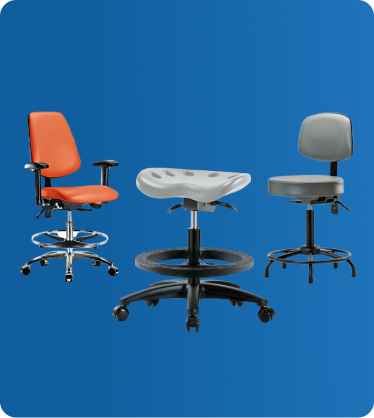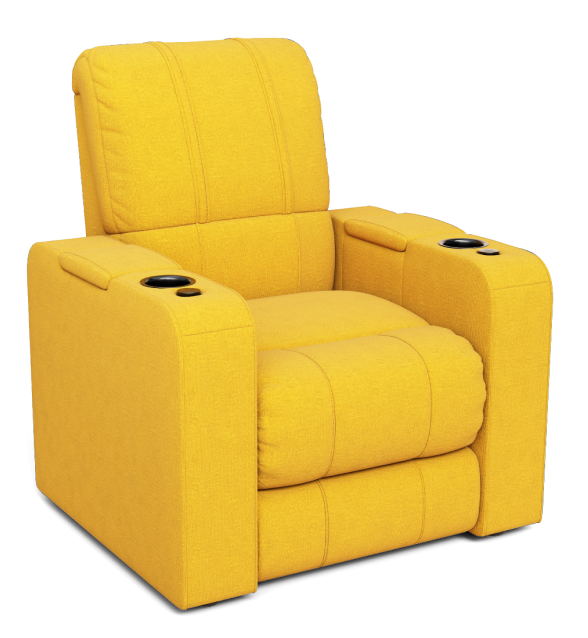3D Product Rendering, also known as product 3D visualization, plays a crucial role in the world of eCommerce. It involves the process of creating realistic or non-realistic images of products using specialized software and 3D models. These 3D renders enable online retailers to showcase their products in a visually appealing and interactive manner.
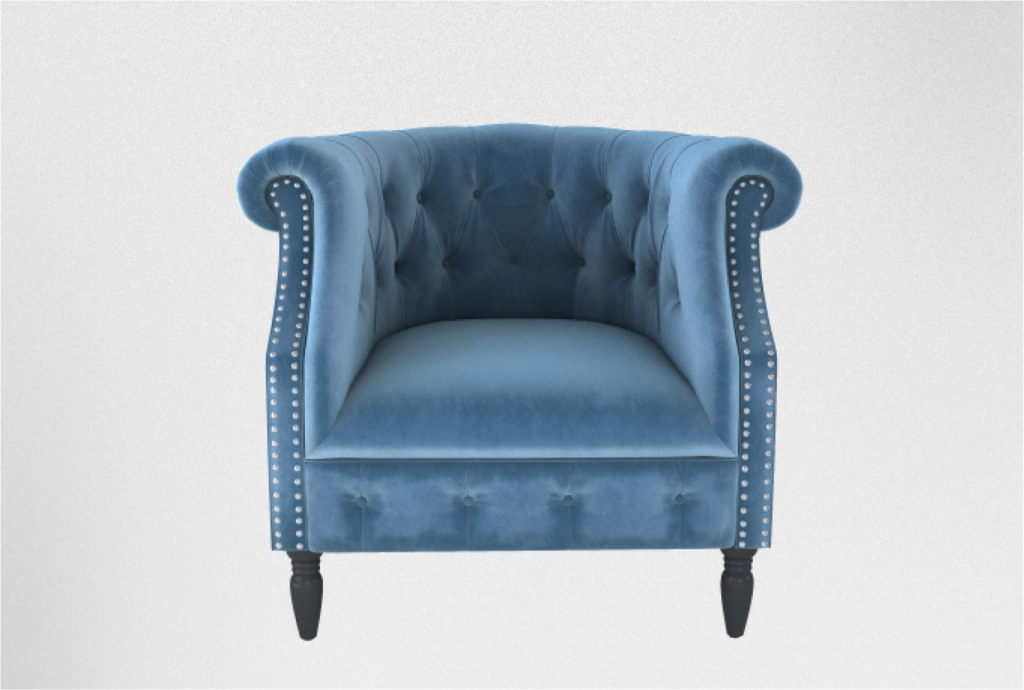
Why is 3D Rendering beneficial for eCommerce?
The benefits of 3D rendering in eCommerce are significant. It allows customers to have a clear and detailed understanding of the products they are considering purchasing. With 3D renders, customers can view products from various angles, explore color options, examine close-up details, and even see cross-section views. This enhances the overall shopping experience and reduces uncertainties about product appearance.
Additionally, 3D rendering enables marketers and brands to create compelling product advertisements and visuals for online campaigns. They can showcase products in different environments, settings, and combinations, allowing customers to envision how the product would fit into their own lives. This level of visual engagement and realism can significantly impact purchase decisions and drive sales.
How are 3D Renders created for eCommerce?
The creation of 3D renders for eCommerce involves several stages that blend technical expertise with creative skills. The key steps include:
Modeling: Skilled 3D artists create accurate and detailed 3D models of products using specialized software.
Texturing: Digital textures and materials are applied to 3D models to achieve realistic appearances.
Lighting: Virtual lighting setups enhance the product’s visual appeal and showcase its features effectively.
Camera Settings: Virtual cameras capture the best angles and perspectives for showcasing the product.
CG Rendering: Advanced computer software render 3D models and scenes into high-quality 2D images or interactive 3D experiences.
Post-production: Rendered images or interactive experiences enhance and refine editing and adding visual effects using tools like Adobe Photoshop.
By incorporating 3D rendering into their eCommerce strategies, online retailers can provide customers with an immersive and engaging shopping experience, leading to increased customer satisfaction, conversions, and sales.

Who Uses 3D Product Rendering?
The use of 3D product rendering is prevalent in various sectors within the eCommerce industry. Here are five categories that extensively utilize product rendering:
Product Manufacturers: 3D rendering allows manufacturers to visualize product designs and make adjustments before physical production, reducing costs and time. Photorealistic renders help in marketing and communication, showcasing product features, and obtaining feedback from stakeholders.
eCommerce Platforms: 3D rendering enables eCommerce platforms to create engaging and interactive product experiences. Customers can view products from different angles, zoom in for detailed inspection, and even visualize products in their own environment using AR. This enhances customer confidence and reduces return rates.
Retail Companies: 3D rendering offers retail companies the ability to create consistent and high-quality product imagery for their online catalogs and marketing materials. It allows for easy customization, showcasing products in various colors, materials, and configurations. AR and VR technologies enable virtual try-on experiences, boosting customer engagement and sales.
Entrepreneurs: Entrepreneurs can leverage 3D rendering to showcase their products in a professional and visually appealing manner even before they are physically available. This helps in generating early interest, attracting potential customers, and launching crowdfunding campaigns with compelling visuals and videos.
Marketing Agencies: 3D rendering empowers marketing agencies with the ability to create visually striking and conceptually innovative campaigns. By having access to detailed and realistic product renders early on, they can plan marketing strategies, design advertisements, and create captivating visuals across various media platforms. The versatility of 3D rendering allows for endless possibilities in presenting products in unique and impactful ways.
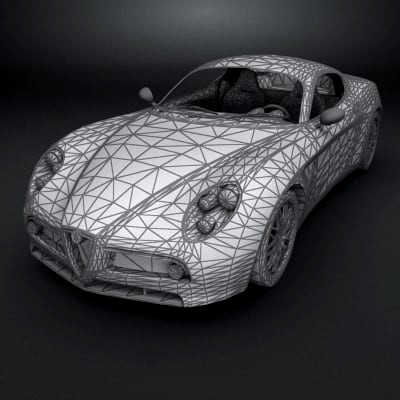
What Is Product Rendering Used for?
There are a few ways to use 3D rendering for different marketing goals:
Product development process: CG images help visualize and approve the final version of a design idea. The photorealism of 3D renders gives them a clear advantage over drawings or sketches.
Market testing: CGI allows estimating a reaction of the target audience to a product before it’s manufactured or launched in order to predict its success or failure on the market. Before, the only way to do it was to produce prototypes.
E-commerce websites: Product 3D rendering is a great source of show-stopping materials for visual merchandising. Online retailers use it to get lifestyles, silos, 3D animations for product pages, websites, as well as imagery for Amazon, Shopify, Etsy, eBay, etc.
Advertising: Photoreal 3D visualization provides imagery for digital and outdoor advertising, photoshoot-free. This way, CGI allows for implementing any concept and doesn’t require complex stage construction. And that for any concept and format, from online banners to billboards ads.
Print collateral: CG renderings look extraordinary in print catalogs, flyers, brochures, in any resolution required. Moreover, as 3D renders can be done even before the prototypes are manufactured, it’s possible to get all the collateral materials ready way before the launch.
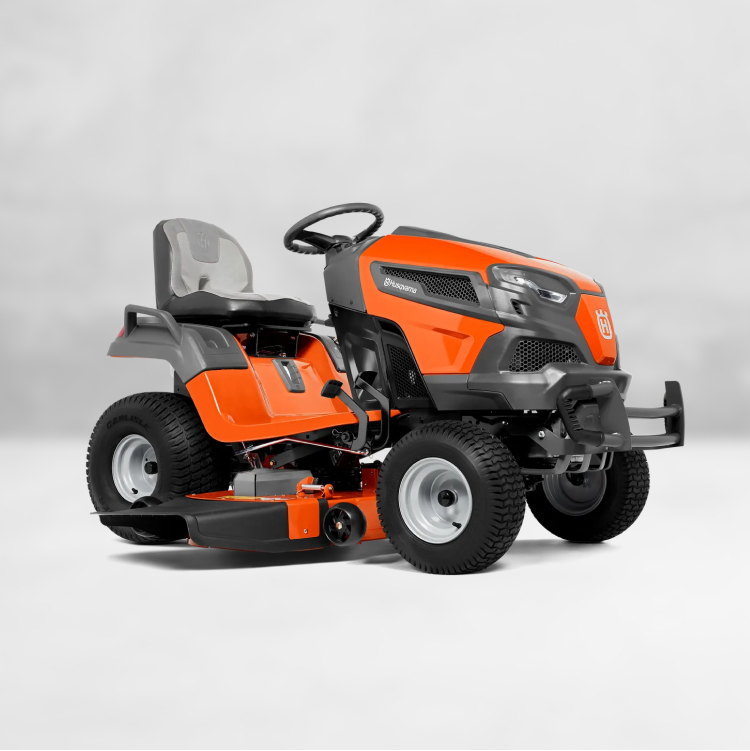
Advantages of 3D Product Rendering over Product Photography
No need for professional photographers: With 3D product rendering, you don’t require professional photographers to capture high-quality product images. Skilled 3D artists can create realistic and appealing visuals.
Cost-effective: 3D rendering eliminates the need for expensive equipment, studio bookings, and professional photographers, resulting in significant cost savings compared to traditional product photography.
Time-efficient: 3D rendering allows for faster turnaround times compared to product photography. Efficient creation of 3D renders reduces overall production time.
No physical products needed: With 3D rendering, there is no requirement to have the physical products on hand. This saves on inventory management and logistics, especially for businesses with a wide range of products.
Versatility and customization: 3D renders offer immense flexibility and customization options. 3D modeling software allows for easy creation and showcasing of different variations, colors, materials, and configurations of the product without the need for physical prototypes.
Consistency: 3D rendering ensures consistent and standardized product visuals across all marketing materials. Precisely controlled lighting, angles, and perspectives create a cohesive and professional brand.
Virtual environments and scenes: Place products in virtual environments and scenes that would be difficult or impractical to create for product photography. This provides greater creative freedom and enables unique presentations.
Easy updates and revisions: If changes are required, 3D renders can be easily modified and updated without the need for reshooting or recreating physical setups. This saves time and resources in cases where product iterations or updates are frequent.
Realistic visualizations: Advanced 3D rendering techniques can produce photorealistic visuals that are indistinguishable from product photography. This enables customers to get an accurate representation of the product and make informed purchasing decisions.
Future-proof and scalable: 3D renders are digitally stored and easily scaled to fit various platforms and marketing materials. Can be repurposed for future campaigns or adaptations, for long-term value and flexibility.
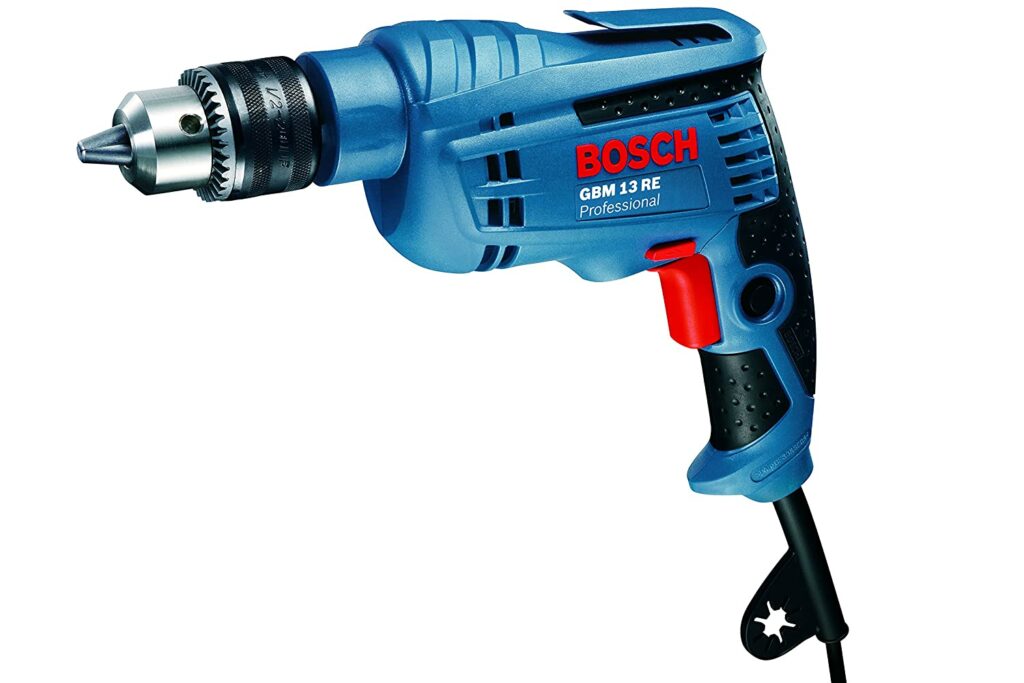
Transform your brand with Tulfa’s 3D rendering expertise
Experience the unrivaled expertise of Tulfa and revolutionize your eCommerce endeavors. With our game-changing 3D rendering services, we captivate audiences and propel digital success to new heights. Tulfa’s mastery in creating jaw-dropping content showcases products in ways that leave competitors in awe.
Prepare to be amazed with Tulfa’s Tulfa XR AR tool. It takes your online shopping experience to a whole new level. Picture seamless immersion while viewing the products, mind-bending 3D configurations, and mind-boggling augmented reality. Tulfa XR allows customers to explore products with 360º views, zooming capabilities, and endless customization options. It’s like a virtual store stroll, but even better.
Discover the transformative results we’ve achieved for our clients by exploring our creative portfolio. Reach out to us at hello@tulfa.com and get ready to make an impact in the eCommerce world like never before. Experience Tulfa’s expertise and unlock limitless possibilities for your digital triumph.

